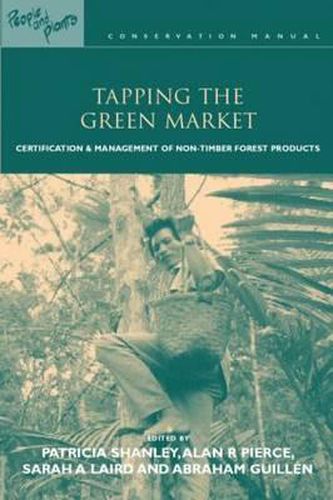Readings Newsletter
Become a Readings Member to make your shopping experience even easier.
Sign in or sign up for free!
You’re not far away from qualifying for FREE standard shipping within Australia
You’ve qualified for FREE standard shipping within Australia
The cart is loading…






There is a rapidly growing interest in, and demand for, non-timber forest products (NTFPs). They provide critical resources across the globe fulfilling nutritional, medicinal, financial and cultural needs. However, they have been largely overlooked in mainstream conservation and forestry politics. This volume explains the use and importance of certification and eco-labelling for guaranteeing best management practices of non-timber forest products in the field. Using extensive case studies and global profiles of non-timber forest products, this work not only seeks to further our comprehension of certification processes but also broaden understanding of non-timber forest product management, harvesting and marketing. It should be useful to forest managers, policy-makers and conservation organizations as well as for academics in these areas.
$9.00 standard shipping within Australia
FREE standard shipping within Australia for orders over $100.00
Express & International shipping calculated at checkout
There is a rapidly growing interest in, and demand for, non-timber forest products (NTFPs). They provide critical resources across the globe fulfilling nutritional, medicinal, financial and cultural needs. However, they have been largely overlooked in mainstream conservation and forestry politics. This volume explains the use and importance of certification and eco-labelling for guaranteeing best management practices of non-timber forest products in the field. Using extensive case studies and global profiles of non-timber forest products, this work not only seeks to further our comprehension of certification processes but also broaden understanding of non-timber forest product management, harvesting and marketing. It should be useful to forest managers, policy-makers and conservation organizations as well as for academics in these areas.